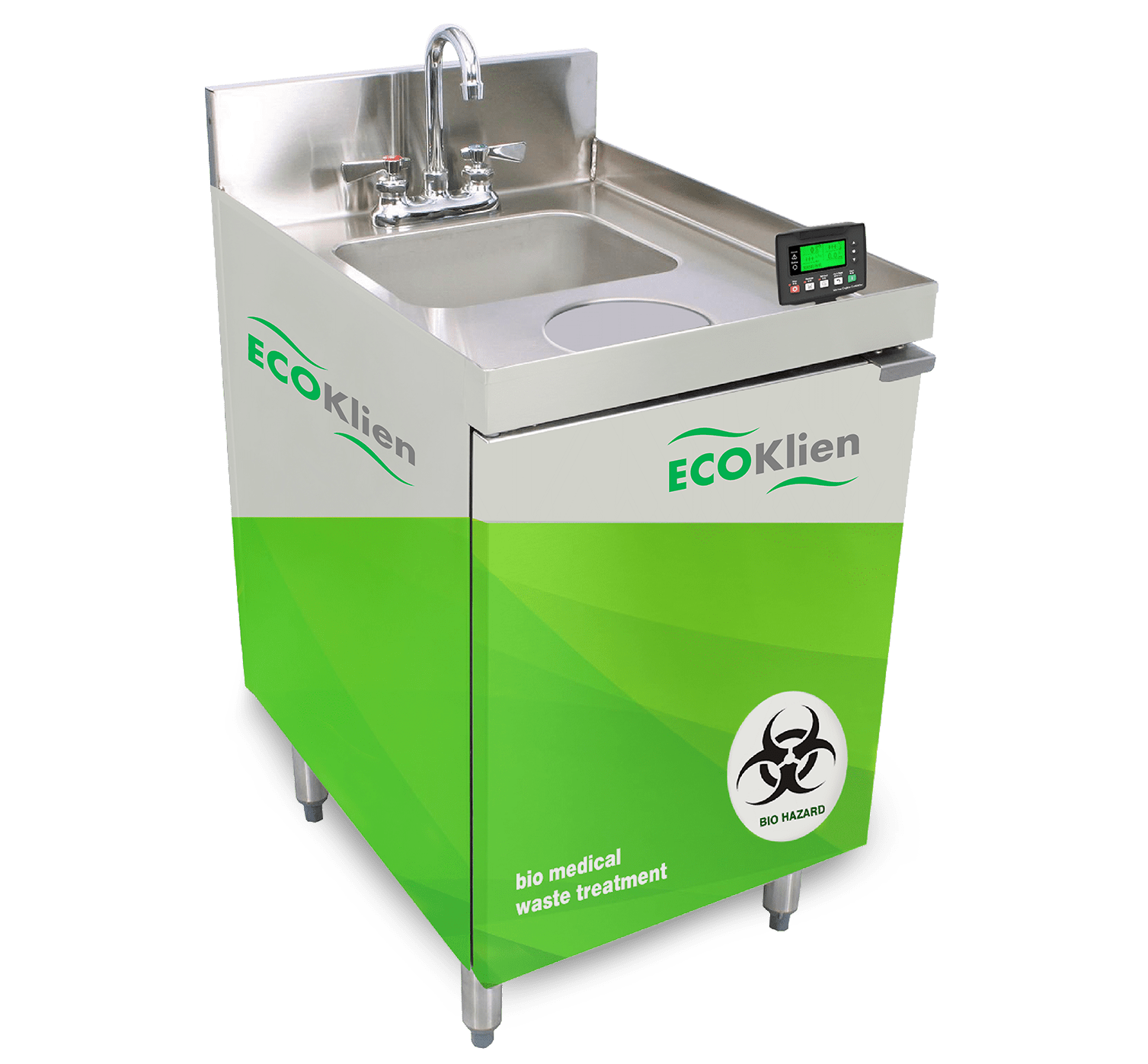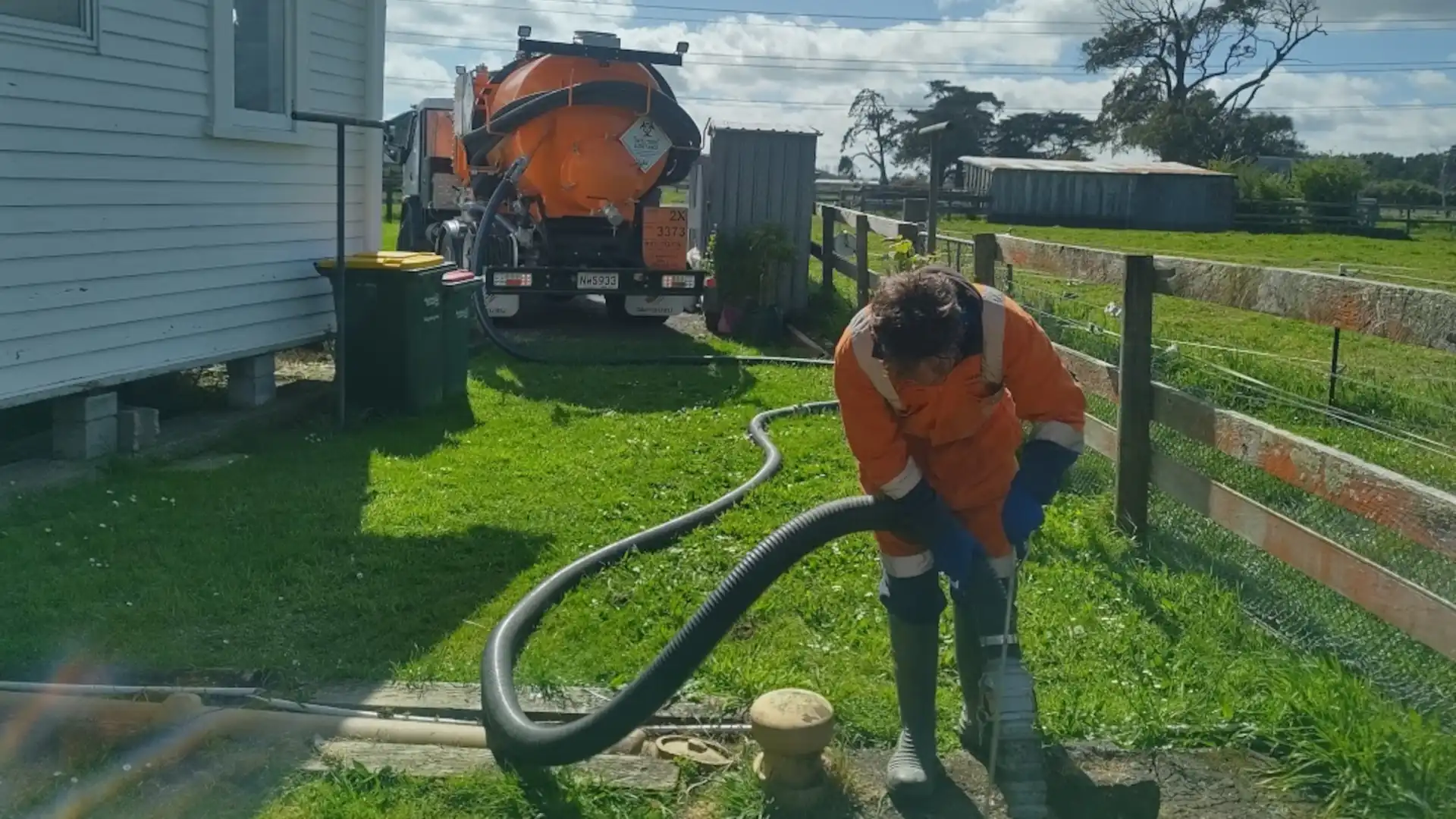How Fluid Garbage Disposal Works: A Comprehensive Overview of Strategies and Technologies Utilized

Review of Fluid Waste Kind
The complexity of liquid waste types necessitates an extensive understanding of their features and effects for disposal. Fluid waste can generally be classified right into numerous kinds, consisting of commercial, metropolitan, farming, and unsafe waste. Each group shows unique residential or commercial properties, requiring particular administration techniques to mitigate ecological and wellness dangers.
Industrial liquid waste originates from making procedures and typically includes a series of impurities, such as hefty metals, solvents, and natural substances. Local liquid waste, primarily consisting of wastewater from homes and commercial facilities, consists of organic issue, nutrients, and microorganisms (industrial wastewater treatment). Agricultural liquid waste, consisting of runoff from ranches, may contain plant foods, pesticides, and pet waste, positioning risks to water high quality and communities
Dangerous fluid waste is identified by its toxicity, reactivity, or possible to create harm. Comprehending these varied fluid waste kinds is important for creating effective disposal techniques and making sure conformity with environmental policies.
Physical Treatment Techniques

Testing is the preliminary step, where bigger bits and debris are removed from the fluid waste utilizing screens or grates. In sedimentation tanks, larger bits settle at the base, developing a sludge layer, while the clarified fluid can be additional treated.
Purification is one more vital method that entails passing the liquid through permeable materials, such as sand or membrane layers, to catch smaller fragments. This step boosts the high quality of the liquid, making it appropriate for subsequent treatment procedures.

Chemical Treatment Methods
Chemical therapy methods are essential for efficiently taking care of fluid waste, specifically in dealing with liquified and colloidal pollutants that physical approaches may not adequately eliminate. These strategies use numerous chemical agents to reduce the effects of, speed up, or transform harmful substances into much less hazardous types.
One usual method is coagulation and flocculation, where chemicals such as alum or ferric chloride are contributed to advertise the aggregation of suspended fragments. This procedure enhances sedimentation, permitting less complicated removal of the resulting sludge. Furthermore, oxidation procedures, using agents like chlorine or ozone, are utilized to break down intricate natural compounds and microorganisms, making the waste more secure for discharge or more treatment.
Neutralization is one more important strategy, which adjusts the pH of acidic or alkaline waste streams to neutral levels, avoiding prospective damage to downstream systems and the setting. In addition, progressed oxidation processes (AOPs) utilize combinations of oxidants and ultraviolet light to deteriorate consistent contaminants, accomplishing a greater degree of therapy performance.
Organic Therapy Procedures
Organic therapy procedures play a crucial role in the management of liquid waste by utilizing microorganisms to break down organic matter and decrease contaminant levels. These processes can be broadly categorized into cardio and anaerobic therapies, each using certain microbial areas to accomplish effective waste degradation.
Aerobic treatment entails using oxygen to assist in the malfunction of organic materials by bacteria. This procedure is frequently carried out in triggered sludge systems, where aeration containers supply a favorable environment for microbial development, causing the oxidation of organic pollutants. The resultant biomass can be divided from dealt with effluent through sedimentation.
On the other hand, anaerobic therapy happens in the absence of oxygen, relying upon different bacteria to damage down raw material. This approach is especially advantageous for high-strength waste, as it creates biogas, a renewable resource resource, while decreasing sludge production. Technologies such as anaerobic digesters are often employed in commercial and local applications.
Both anaerobic and cardio biological therapies not only decrease the environmental impact of liquid waste but likewise help with source recovery, making them essential elements of sustainable waste administration strategies. Their efficiency, flexibility, and effectiveness sustain their widespread application throughout various industries.
Arising Technologies in Disposal
Innovative methods to fluid waste disposal are quickly advancing, driven by developments in modern technology and an enhancing focus on sustainability. Amongst these emerging innovations, membrane layer bioreactors (MBRs) have actually gained traction for their capability to integrate organic therapy with membrane filtration, leading to high-quality effluent that can be recycled in various applications. MBRs allow smaller footprints and a lot more reliable procedures contrasted to typical systems.
An additional promising development is making use of anaerobic digestion combined with nutrient recovery technologies, which not only treats liquid waste but additionally creates biogas and recoups beneficial nutrients like nitrogen and phosphorus. This twin advantage boosts source effectiveness and decreases environmental impact.
Additionally, advanced oxidation procedures (AOPs) are being taken on for the deterioration of complicated organic pollutants. These methods make use of effective oxidants and drivers to break down contaminants at the molecular degree, using an extremely efficient solution for tough waste streams.
In addition, the combination of expert system and artificial intelligence in waste administration systems is enhancing operational performance and predictive maintenance, bring about minimized costs and boosted ecological compliance. These find out here modern technologies show a significant change towards even more reliable and sustainable fluid waste disposal techniques.
Final Thought
In final thought, reliable liquid waste disposal requires a thorough understanding of various methods and innovations. By continually advancing these approaches, it ends up being possible to attend to the expanding challenges associated with liquid waste, eventually adding to ecological defense and resource recovery.
Liquid waste disposal is an important facet of ecological management, requiring an extensive understanding of different methods and modern technologies customized to various waste kinds. Fluid waste can generally be classified right into numerous kinds, browse around here consisting of commercial, local, farming, and harmful waste. Agricultural fluid waste, including overflow from farms, may include fertilizers, pesticides, and animal waste, posing threats to water top quality and ecosystems.
Various physical therapy approaches play an essential duty in taking care of this fluid waste successfully - industrial wastewater treatment.In final thought, effective liquid waste disposal demands a thorough understanding of numerous methods and technologies